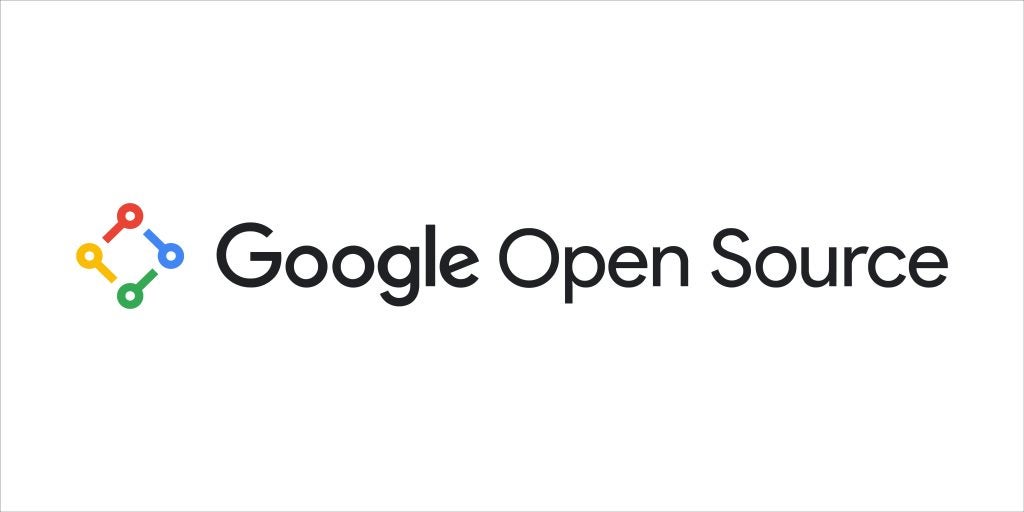In recent years, Google has taken substantial steps toward achieving plastic-free packaging for its consumer electronics, following its initial commitment in 2020.
The goal, which seemed challenging at the outset, led to the launch of the Pixel 8 in 2023, boasting entirely plastic-free packaging. This shift is part of Google’s broader sustainability efforts, not just within the company but across the technology industry.
By adopting an open-source approach, Google has chosen to share its packaging innovations with the industry, setting it apart from competitors that have traditionally maintained proprietary processes for similar advancements.
Google hopes this collaborative stance will foster widespread adoption of sustainable practices, benefiting both companies and the environment.
Innovation and knowledge sharing
Under the guidance of Miguel Arevalo, Google’s head of packaging innovation, the company has developed lighter, fibre-based packaging solutions that minimise environmental impact during shipping.
Arevalo’s background in packaging innovation, which includes a tenure at Procter & Gamble, has proven instrumental in these developments.
His team has created a “Plastic-Free Packaging Design Guide,” now openly accessible, which outlines the methods and suppliers involved in Google’s journey towards sustainable packaging.
This strategy aligns with Google’s mission to make information universally accessible. According to Arevalo, the company’s choice to share packaging research and techniques reflects a belief that sustainability should be collaborative rather than competitive.
He notes that several companies, including Apple and Amazon, source materials from the same suppliers, which makes a shared approach not only feasible but advantageous for industry-wide progress.
Inclusive packaging design
Google has also prioritised inclusivity in its packaging design. Extensive user research informed innovations intended to make packaging easier to handle for individuals with physical or visual impairments.
The company has incorporated tactile cues to help visually impaired consumers differentiate between elements, as well as designed packaging that can be opened with minimal effort.
The commitment to inclusivity extends beyond initial product interaction to include disposal processes. Google’s packaging team collaborated with recycling centres to ensure that the design facilitates proper sorting and recycling, even by automated systems that use machine learning to identify materials.
This decision was driven by research indicating that consumers are more likely to recycle fibre-based materials, which they often perceive as more environmentally friendly.
Open-source approach spurs supplier collaboration
Central to Google’s strategy is the open-source availability of its research, which allows other companies to access and utilise Google’s sustainability-focused packaging developments.
The initiative aims to boost demand for sustainable materials, which, in turn, encourages suppliers to improve production efficiencies and reduce costs. By openly naming and supporting these suppliers, Google is creating a system that not only benefits other companies but also enhances the operational capability of its suppliers.
Arevalo, who will discuss these innovations at the upcoming Packaging Innovations event in February, aims to showcase the possibilities of an open-source approach in driving sustainable change within the tech industry. Through knowledge sharing, Google hopes to foster a culture where sustainability is a collective priority, advancing eco-friendly practices more rapidly for a more significant global impact.
By making its sustainability journey transparent, Google is inviting other companies to collaborate in developing solutions that extend beyond individual business goals.









